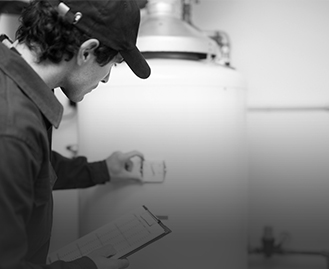How You Can Be Greatly Benefitted with Strata Plumbers
Have you ever wondered why there's a raingarden on your block? This site is dedicated to educating readers about the value of stormwater management and the positive effects it may have on aquatic environments.
How Do We Deal With Stormwater, And What Is It Exactly?
Unabsorbed precipitation, known as "stormwater," flows off of impermeable surfaces like roads, rooftops, and other hardscapes and into sewers, streams, and other bodies of water.During this procedure, the water is exposed to a variety of pollutants before being released into the surrounding environment. These contaminants pose a serious threat to the aquatic life and ecosystems that depend on clean water for survival.Since stormwater is not treated before it enters waterways like sewage is, it is vital to build means of managing stormwater run-off if we are to maintain healthy waterways and ecosystems. Hiring the right Stormwater Installation Narre Warren service can help you all through the procedure.
Before it reaches a water source, stormwater must be managed to reduce its volume and improve its quality. Environmental and hydrological characteristics form the basis of the civil engineering design used in the process.
Why Is It Crucial To Control Stormwater?
Simply put, healthy rivers and more liveable communities are dependent on efficient stormwater management.In urban rivers, stormwater run-off has been shown to be the primary cause of deterioration, posing serious ecological threats such as altered species composition, the discharge of harmful chemicals, and the disruption of natural nutrient cycles.By reducing the amount of contaminants that enter the ecosystem and slowing the flow of water to the discharge point, efficient stormwater management is crucial in maintaining our rivers.
How Can Stormwater Be Managed Most Efficiently?
Among the many approaches to stormwater management are:
Stormwater can be cleaned and moved about with the use of bio-retention swales. While the bio-retention system takes care of the smaller particles and toxins at ground level, the swale's design allows for stormwater pre-treatment by filtering runoff to remove coarse to medium sediments.
A Typical Bio-retention Swale Design
Above-ground bio-retention basins, often known as rain gardens, are used to collect and filter storm water. A unique 'filter media' kind of soil is used to absorb low-flow stormwater that has been channelled to a ponding region. Water collected under the filter media has much less contaminants because the filter media and vegetation growing in the soil acquire nutrients when the water is absorbed. This purified water has two potential destinations: pipes leading away from the location, or seepage into the ground.
A Bio-Retention Basin, As an Illustration
Sediment, metals, oils, and fertilisers are just some of the pollutants that can be removed from stormwater using proprietary stormwater quality improvement devices. Stormwater is often channelled to pits or huge tanks where it is filtered before being released from a site. Many different Strata Plumbing Narre Warren companies can help you in this situation.
Conclusion
Both above- and below-ground storage structures called detention tanks and basins are used to collect and 'detain' stormwater before releasing it at a controlled pace and volume. An orifice plate, a weir, a pipe, or a combination of these could serve as the control structure. By regulating the flow of water, we can prevent damage to stormwater infrastructure and downstream rivers from floods and bank erosion caused by excessive flow rates.




Comments
Post a Comment